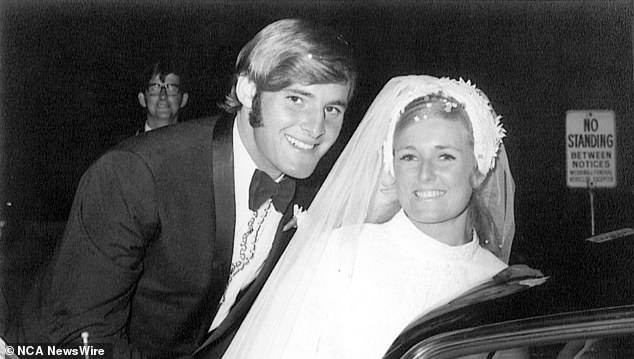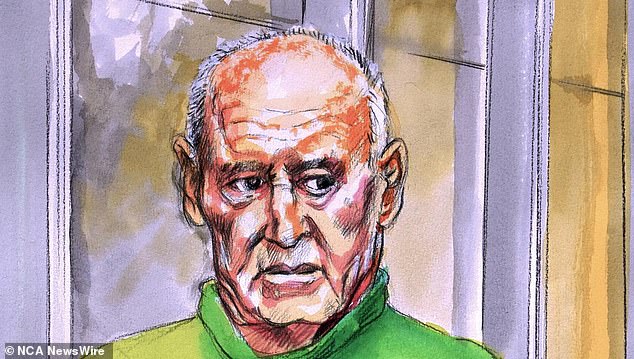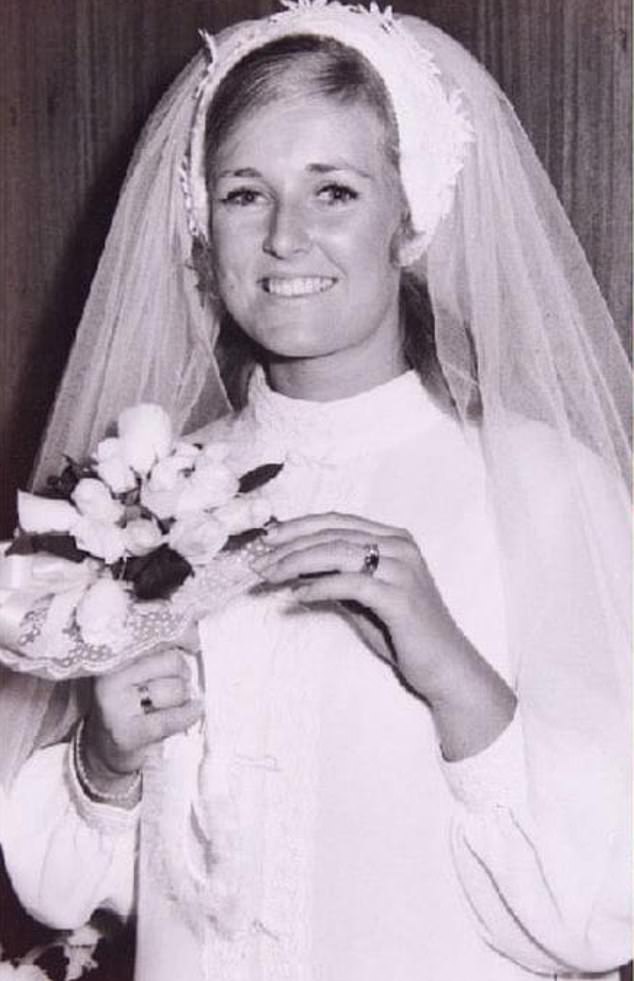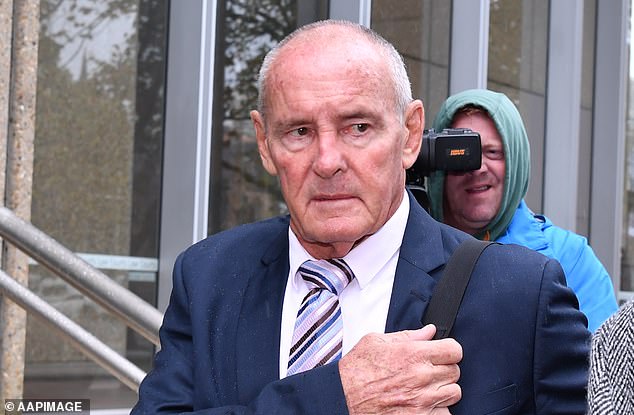Claims that Chris Dawson received a phone call from his wife hours after he disappeared have been dismissed as a “deliberate lie”, as the former rugby league star fights to be released from prison, a court has heard.
Dawson will appear in a Sydney court once again on Wednesday as his legal team seeks to overturn his conviction for murdering his wife Lynette Simms more than 40 years ago.
Dawson, 75, faces a hearing before the Court of Criminal Appeal after being sentenced to a maximum of 24 years in prison.
Mrs. Simms, a mother of two, disappeared from her family home in Bayview on January 8, 1982 and her body has never been found and no contact has been made with her friends or family.
Dawson’s lawyer, Senior Public Defender Belinda Rigg SC, has told the court that Dawson’s conviction should be quashed due to the unavailability of evidence and key witnesses who have been lost over the past 40 years.
In August 2022, Judge Ian Harrison found Dawson guilty of murder and that he was driven by a “possessive infatuation” with one of his teenage students, JC.
The Crown prosecutor said the call Dawson said he received from his wife Lynette Simms could not have been from her because he believed she had been murdered. He called the call a “deliberate lie.”

Chris Dawson and Lynette Simms (pictured) on their wedding day. Lynette disappeared in January 1982 and has not returned since. Dawson was sentenced to 24 years for her murder
THE PHONE CALL
During a police interview in 1991, Dawson told detectives that he dropped his wife off at a Mona Vale bus stop on the morning of January 9 and that she did not meet him that afternoon at Northbridge Baths, where he worked. as a part-time lifeguard.
Dawson told police that while he was at work he received a long-distance phone call from his wife telling him he needed some time off.
He also said he received subsequent phone calls from Ms Simms before she finally said she was leaving him.
One woman, who worked at Northbridge Baths as a teenager, told the court during the trial that she remembered that on one occasion, in the summer of 1981-82, she answered a long-distance call and a woman on the other end of the line asked to speak. . to Chris Dawson or his brother Paul.
Crown prosecutor Brett Hatfield told the court on Tuesday there could have been a call, but it could not have been from Ms Simms, who he said was murdered late on January 8 or early January 9. January.
“The phone, we would say, there could have been a call… that it was (Ms. Simms) on the other end of the phone is a lie, a deliberate lie,” Hatfield said.
Rigg had previously told the court that it could not be established beyond a reasonable doubt that Simms did not make the phone call.
Judge Julie Ward, one of three judges who heard the appeal, noted on Tuesday that the only evidence about Ms Simms’ phone call was from Dawson.

The crown prosecutor said it was “unlikely” Lynette had abandoned her marriage and family (pictured is a court sketch of Dawson on September 1, 2022 when he appeared before the Supreme Court for killing his wife).
ELEVEN PILLARS
On the second day of the three-day hearing before the Court of Criminal Appeal, Hatfield outlined what he described as 11 “pillars” of the case, which he said reinforced Dawson’s guilt.
“There is no significant possibility that an innocent person has been convicted in this case,” Hatfield said.
Hatfield said the first “pillar” that led to Dawson’s conviction was the fact that Simms never spoke to or had contact with anyone after Jan. 8, 1982.
Second, he said, it was “intrinsically improbable” that she had “willingly abandoned the husband she idolized” and the “children she adored.”
In particular, he highlighted Mrs. Simms’ efforts to have children, which included undergoing a fertility procedure.
Mr Hatfield’s third point was that she would not have cut off communication with her parents and siblings even if she had left Dawson.
He also said that at the time Ms Simms disappeared, Dawson was attempting to establish a “long-term, permanent, public partnership” with JC, including asking her to marry him and attending his formal school as his date.
Fifth, Hatfield said, Mrs. Simms was committed to her marriage even though it deteriorated in 1981, when she realized that Dawson had cheated on her.
‘If she wasn’t leaving when those other things happened, why would she leave when everything looked better after counseling?’ said Mr. Hatfield.
Hatfield also noted what he described as the “atmosphere” of Dawson’s relationship with JC, which he said was “marked by a degree of desperation and obsession.”
He said in his seventh point, Dawson had tried to leave Ms Simms, including trying to move to Queensland, planning to move into an apartment in North Manly with JC and trying to sell their house.

The crown prosecutor said Lynette Simms (pictured) would not have “willingly abandoned the husband she idolized” or the “children she adored”.
According to her eighth point, she said Dawson had refused to accept JC’s attempt to break up their relationship before she went on holiday to South West Rocks.
He also said Dawson was the last person to see Simms alive and that he had the “opportunity and motive” to kill her on Jan. 8 and 9, 1982.
In his 10th point, Hatfield said that after his wife’s disappearance, Dawson behaved in a manner that was “completely irreconcilable with any purported belief that (Mrs. Simms) was alive and could return home.”
This included moving JC to her home, where she was sleeping in the double bed, and allowing her to go through Mrs Dawson’s clothes and jewellery.
Finally, Hatfield said there was no evidence that Simms was alive despite life checks conducted during a missing person investigation and three separate police investigations.
Dawson was sentenced to 24 years in prison, with an 18-year non-parole period, after Judge Harrison found him guilty of murder.
Last year, Dawson was also convicted of one count of carnal knowledge after a judge found he engaged in sexual activity with one of his students at a Sydney secondary school in 1980.
Judge Sarah Huggett sentenced him to three years in prison with one year added to his non-parole period.
His non-parole period will expire in August 2041, at which time he will be 93 years old.
New “no body, no parole” laws passed by the New South Wales parliament, dubbed “Lyn’s law”, mean Dawson will not be released on parole until he reveals where Ms Simms is buried.
The hearing continues before judges Julie Ward, Anthony Payne and Christine Adamson.


